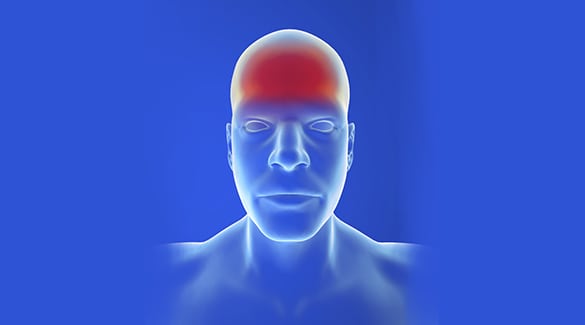
Los Angeles Pain Specialist provides effective relief from pain caused by Occipital Neuralgia.
Occipital neuralgia is a type of nerve pain that involves the two greater occipital nerves that run from the top of the scalp to about the second and third vertebrae at the top of the spinal column.
- Symptoms can be similar to migraines and other types of headaches
- An accurate diagnosis is essential for effective treatment
CONTACT US TODAY
Causes of Occipital Neuralgia
Occipital neuralgia occurs when the occipital nerves become inflamed, irritated, damaged, or pinched by tight muscles in the neck. Occipital neuralgia can be a secondary effect of other health conditions, including:
- Osteoarthritis
- Degeneration of the cervical discs
- Gout
- Infections or tumors
- Head trauma
- Diabetes
- Inflammation of the blood vessels


Symptoms of Occipital Neuralgia
Occipital neuralgia typically causes headache pain on one or both sides of the head that starts at the nape of the neck and spreads to the back, front, and sides of the head and behind the eyes. Different nerves supply the face and the area around the ears, so they are normally unaffected. The pain may be described as burning, throbbing, jabbing, sharp, or shock-like. In some cases, the scalp may even be tender to the touch. Occipital neuralgia may also cause sensitivity to light.
Diagnosing Occipital Neuralgia
The doctor may perform a physical exam in which they press various points along the occipital nerve to see if it produces any symptoms. Blood tests and imaging scans may be used to rule out other conditions that can cause similar symptoms.
Treatments for Occipital Neuralgia
If the primary cause of the neuralgia is muscle tension in the neck, rest, massage, and physical therapy may provide relief. These therapies are often used in combination with medications, such as muscle relaxants, anti-inflammatories, and anti-convulsants. Nerve blocks and steroid injections can be used for both diagnostic and treatment purposes. These injections work by numbing the affected area and reducing inflammation.
Surgery is generally only done when the pain is severe and does not respond to conservative treatments. One surgical option, known as decompression, involves identifying and gently moving or adjusting the blood vessels that are pressing on the occipital nerve. A less invasive option involves using a neurostimulator that uses tiny electrodes to deliver electrical impulses to the affected nerves. These impulses block pain signals from reaching the brain. This technique has the benefit of not permanently damaging the nerves or the surrounding structures.

